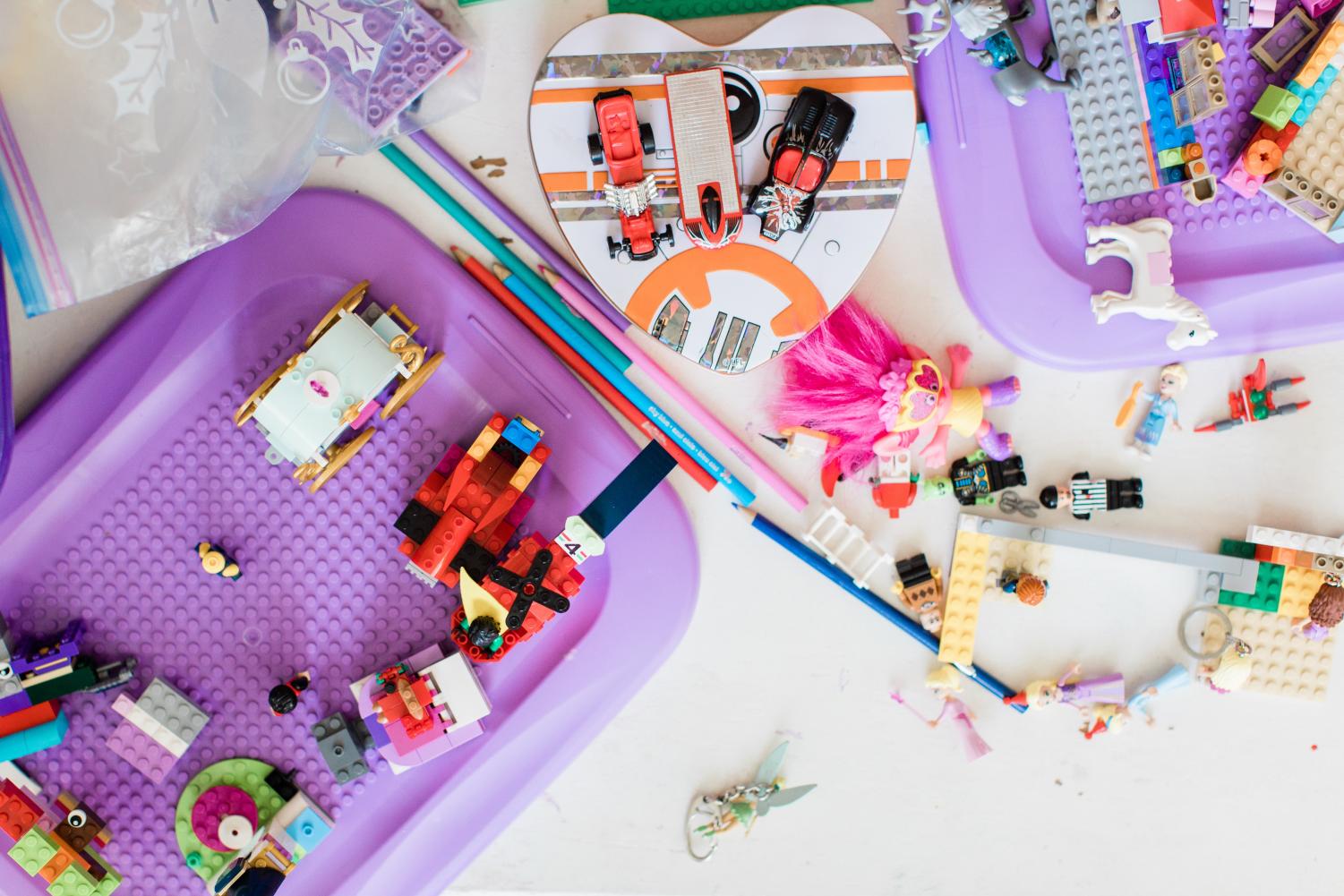From a young age, and in most cultural contexts, we have been socialized to adopt—or reject—the gender norms placed on us by society. A primary way we are “gendered” is through the toys we play with as children. The toy company Hasbro has decided to remove the gender label “Mr.” from the infamous “Mr. Potato Head” toy line. Instead, they will simply be referred to as “Potato Head.”
This development sparks some needed discussion about the future of toy-making and gender inclusivity.
CONSERVATIVE “CULTURE WARS”
The gender-neutrality of a toy potato should not be cause for concern, but it prompted a big fuss on social media. CNN reported that Fox News covered the story extensively, adding the pronoun drop to its list of different things that have been “canceled.” However, it is important to note that the concept of gender itself has not been canceled, nor the actual toy itself. While Hasbro announced that the overall brand was going gender-neutral, they clarified that the classic Mr. and Mrs. Potato Heads would still be sold in stores.
THE IMPACT OF GENDERED TOYS
While perusing the toy aisles of Target, more often than not, we can distinguish between toys meant for girls and toys meant for boys—one aisle is pink, while the other is blue. Toys marketed to girls usually involve animals, babies, fashion or dolls. Toys marketed for boys traditionally involve action, violence, cars and building things. And the crossover—whether it is socially acceptable for one gender to play with the other’s toys—is unequal. Girls who are drawn to sports, video games and toy guns are simply labeled as “tomboys.” For some girls, rejecting traditionally “girly” things could even be seen as something that protects them from being associated with femininity.
But for boys who dabble in the traditionally feminine, like dress up, dolls and care-giving, the numbers are bleak.
According to the Pew Research Center, 76% of American adults believe that young girls can and should participate in more traditionally masculine activities, but they are less inclined to feel the same about boys. In fact, “only 47% [of Republicans] say it’s good to take a gender-neutral approach with boys,” while 78% of Democrats think the same. Specifically, 61% of Republican men believe that it is bad to “steer boys toward girl-oriented toys and activities.”
Conservative-leaning Americans appear to have an expanding idea of femininity, as 66% believe girls can crossover into boy territories. But they still have a narrow view of masculinity, and what men and boys should or should not do. This understanding of masculinity and femininity has deep social and personal implications as children grow into adulthood. Gender-based violence, toxic masculinity and depression are just a few of the ways internalizing problematic ideas about gender can manifest.
MAKING IT RIGHT
We should have more gender-neutral toys because they will ultimately be better for everyone, no matter their gender identity. Representation matters for people who identify as gender-queer and nonbinary. The gender norms pushed on us by our society make it extremely difficult for people who do not feel included in our strict parameters around gender. These same parameters also harm children who fit into the more traditional gender-binary, especially by propagating sexual double-standards and sexism.
Mattel, the toy company that houses the Barbie brand, released a gender-neutral line of Barbies called Creatable World in 2019. The toys come with customizable sets, boasting long and short hair and a variety of clothing options so you can craft your own doll. From the perspective of the LGBTQ+ community, it was seen as a step in the right direction, but not perfect. Moves like this are important to celebrate because they encourage one key American trait: freedom. People in the LGBTQ+ community should be free to express themselves however they choose, without shame. And we should all fight for that freedom.
IN CONCLUSION
Gender is a social construct with profound realities in our culture. The way young kids perceive their own abilities and limitations based on their gender matters, and the way they perceive their place in the world based on their gender matters as well. We should be more sensitive to the experiences of others and the narratives we have bought into our own lives—all to build a more inclusive tomorrow for the next generation.












